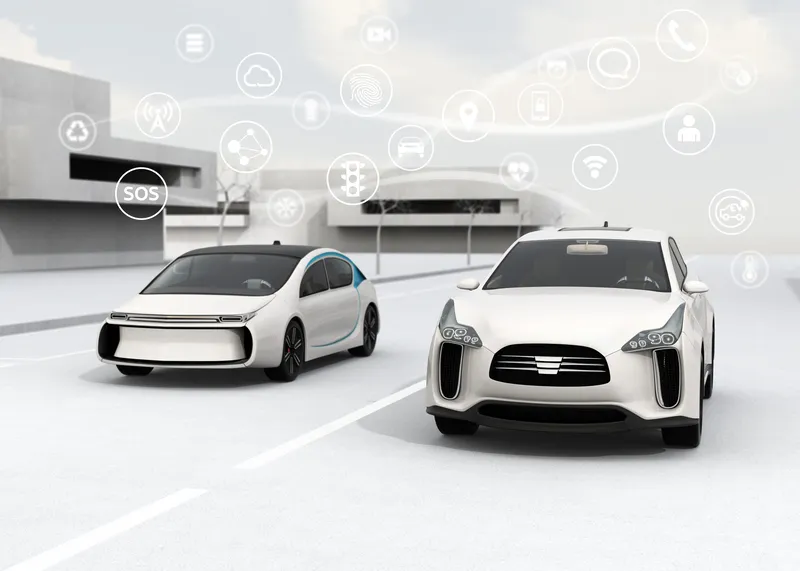ABI research’s latest research finds that the number of subscribers to Factory-installed Safety and Security telematics services is set for solid growth in Western Europe at a CAGR of 47 per cent, reaching 42.5 million in 2019.
“Traditional safety and security telematics continues its march forward in Europe with both VW’s Car-Net and GM/Opel’s OnStar scheduled for deployment. A slew of new electrical vehicles from VW, Tesla, BMW, Daimler, and others will also boost telematics uptake and awareness,” says
April 10, 2014
Read time: 2 mins
“Traditional safety and security Telematics continues its march forward in Europe with both VW’s Car-Net and
While the EU’s eCall legislation was voted recently, compromises agreed between the Council and the European Parliament on deadlines for OEM type-approval and public safety answering point (PSAP) infrastructure readiness could potentially push out the launch date to 2016 or even 2017. Regardless, eCall will put Europe ahead of the US on safety Telematics before the end of the decade.
In the meantime, however, the automotive industry is shifting its focus from passive to active safety with ADAS and autonomous driving getting into the limelight and mandates for both V2V and backup cameras being prepared in the US.
At the same time, safety Telematics functionality is being repurposed for new IoE use cases.








